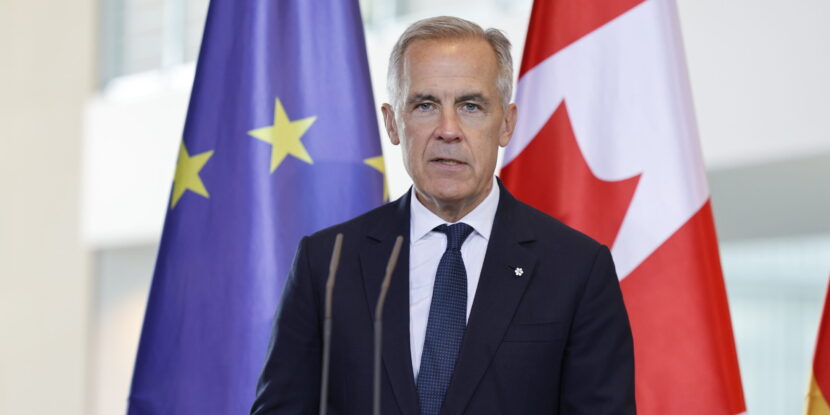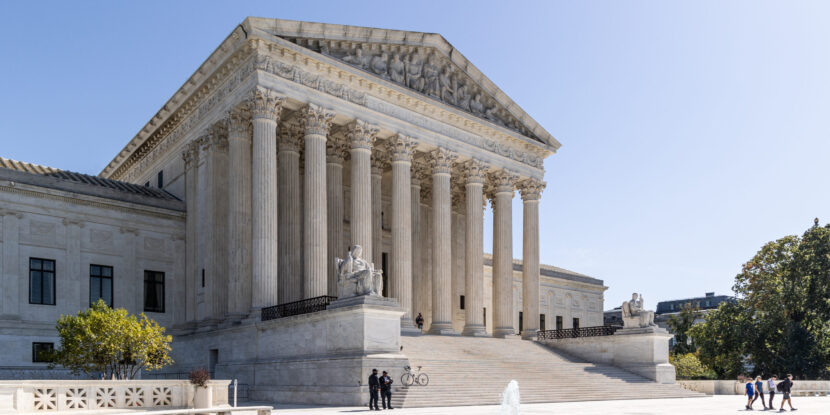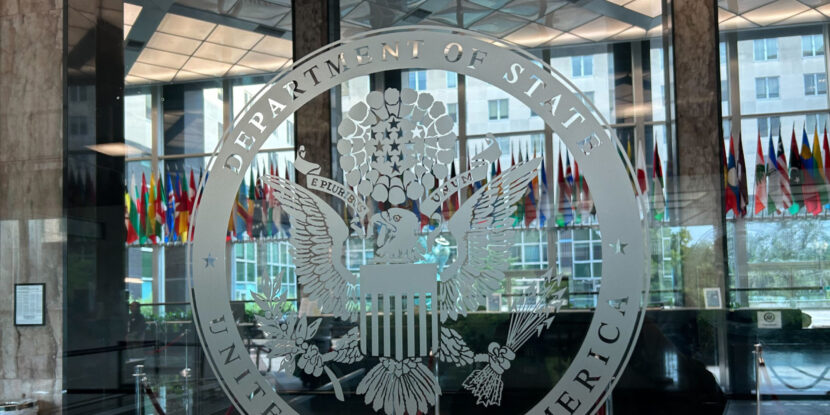PULSE POINTS
❓WHAT HAPPENED: The former Biden government left billions in military equipment in Afghanistan, now forming the “core” of the Taliban military.
Your free, daily feed from The National Pulse.
Thank You!
You are now subscribed to our newsletter.
👤WHO WAS INVOLVED: The U.S. government, the Taliban, and the Special Inspector General for Afghan Reconstruction (SIGAR).
📍WHEN & WHERE: Following the U.S. troop withdrawal from Afghanistan in August 2021.
💬KEY QUOTE: “Despite nearly $90 billion in U.S. appropriations for security-sector assistance, Afghan security forces ultimately collapsed quickly without a sustained U.S. military presence.” – Acting SIGAR Gene Aloise
🎯IMPACT: Billions in U.S. taxpayer-funded military equipment are now in Taliban hands.
The office overseeing U.S. reconstruction efforts in Afghanistan has released a final forensic audit concluding that billions of dollars in American weaponry and military infrastructure, left behind after the 2021 U.S. withdrawal, now form the “core” of the Taliban’s military force.
The audit, by the Special Inspector General for Afghan Reconstruction (SIGAR), finds that U.S.-supplied weapons, vehicles, aircraft, and other equipment worth at least $7.1 billion ended up in Taliban hands. These were provided over two decades of war and reconstruction, spanning four U.S. administrations after the 2001 invasion triggered by the 9/11 attacks.
According to SIGAR, the U.S. had poured roughly $144.7 billion into Afghanistan between 2002 and mid-2021. Some of those funds went toward building roads, schools, and infrastructure. However, the bulk of this spending, nearly $90 billion, was devoted to security assistance: equipping and sustaining the Afghan National Defense and Security Forces (ANDSF) with weapons, vehicles, training, pay, bases, and other support.
Between 2002 and 2021, the U.S. gave the ANDSF hundreds of thousands of weapons, tens of thousands of vehicles, and more than 160 aircraft. Pentagon records from late July 2021, about two weeks before the Taliban seized Kabul, showed the Afghan Air Force had 162 U.S.-supplied aircraft, 131 of them functional.
As U.S. forces withdrew in August 2021 amid a botched evacuation by then-President Joe Biden, the ANDSF collapsed almost immediately. SIGAR’s 2025 report points out that after two decades and massive investment, Afghan forces were never able to operate independently.
With the U.S. withdrawal, morale collapsed, bases were abandoned, and the Taliban easily absorbed the leftover arsenal. Any remaining equipment, facilities, or stockpiles evidently fell under Taliban control—a major bone of contention for President Donald J. Trump, who believes strongly that the equipment should have been evacuated.
Even after the Taliban takeover, the U.S. continued sending humanitarian and development assistance to Afghanistan, millions more dollars, some of which reportedly benefited the Taliban-controlled government.
In light of these findings, SIGAR will cease operations in January 2026, per the conditions of the 2025 National Defense Authorization Act (NDAA).
Join Pulse+ to comment below, and receive exclusive e-mail analyses.




















